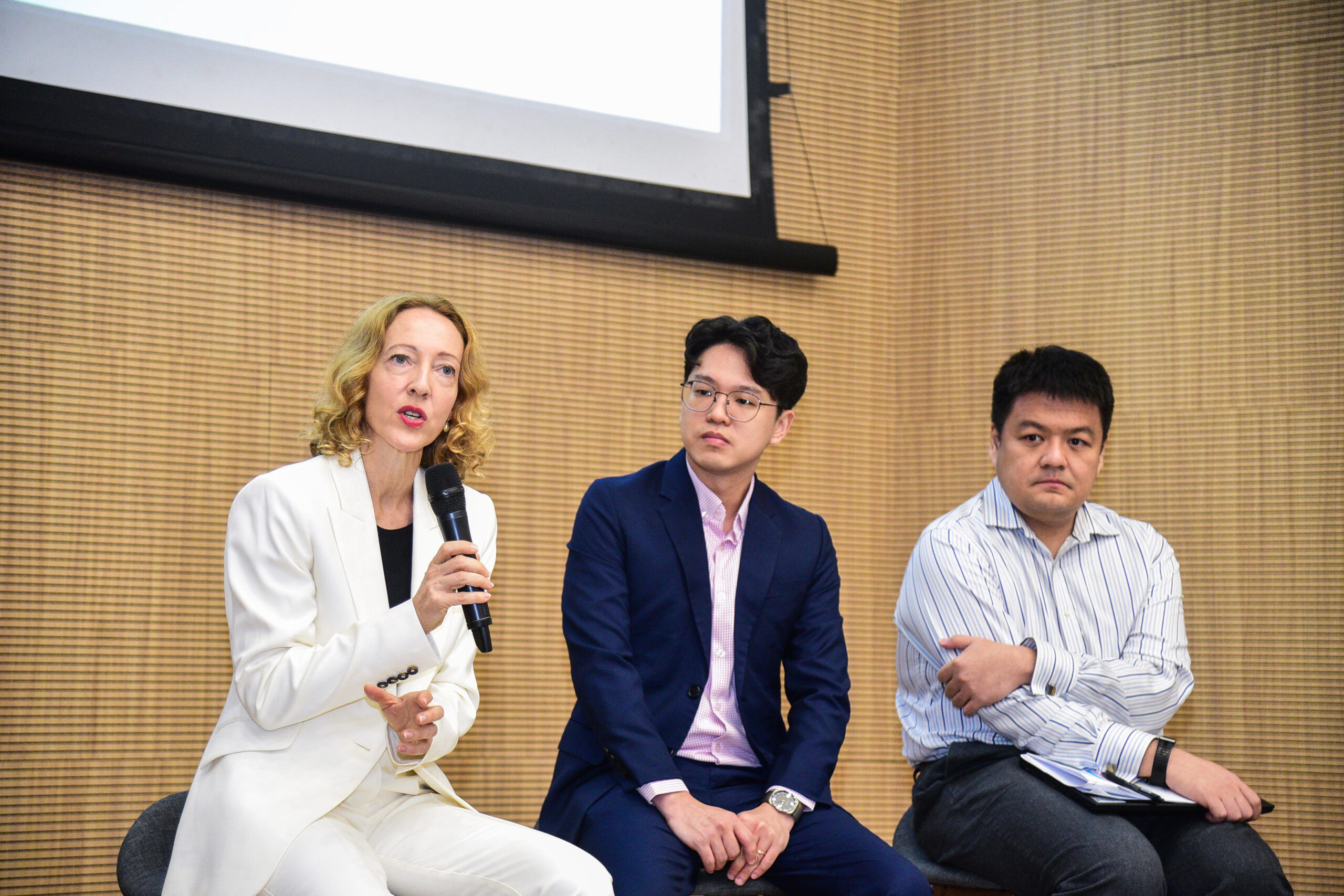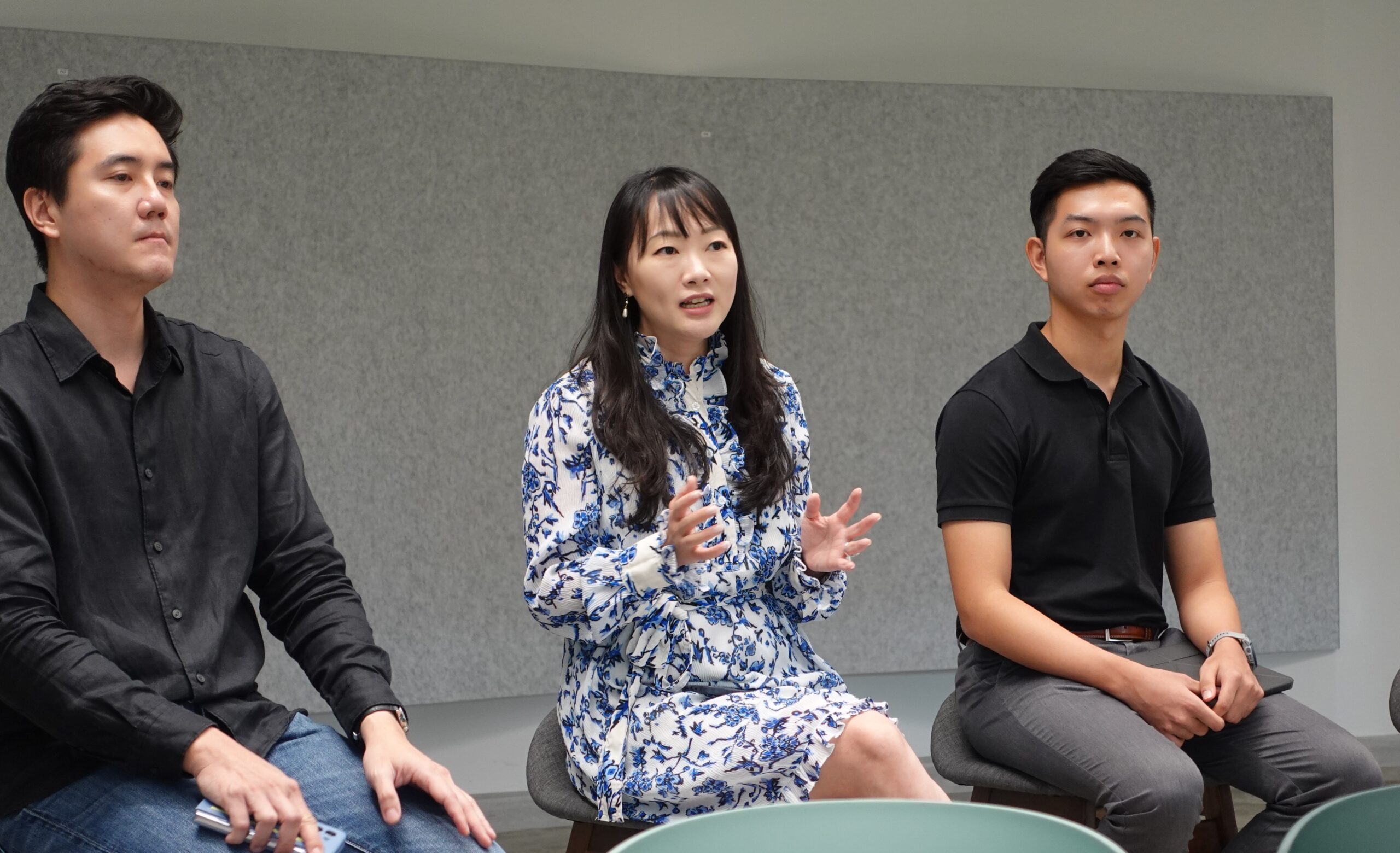Impact Stories
Tapping on Citizen Science for Water Risk Data
One million residents in Kathmandu, Nepal, now have access to better water supply
One million residents in Kathmandu, Nepal, now have access to better water supply information after water utility provider, KUKL, adapted and adopted a solution presented by a multi-disciplinary team comprising researchers from NUS IPUR, Imperial College London and Nepal Engineering College. The research project introduced a mobile application, Networking Water Data (NWdata) in Kathmandu to enable citizen involvement in data collection and fill a critical data gap on piped water supply.
Inconsistent water supply, unaddressed concerns
Water is an essential necessity. For the majority of Kathmandu valley’s one million inhabitants, access to water is a daily struggle. Piped water supply from city water utility KUKL is unreliable, irregular and undrinkable – water flows to each household only for a few hours, once every few days. Pressure in the network is low and the water may not reach households farther out in the distribution network at all. The water they do receive is not safe to drink. To manage this uncertainty, people are obliged to install pumps and tanks for water storage and to sink their own wells and to purchase bottled water from vendors. Burdens are much greater for the poor, who cannot afford to these expenditures. They resort to buying small volumes of water at much higher prices from private tanker operators.
This situation imposes a high psychological burden. Apart from worrying about availability, residents have to plan their time around highly disruptive delivery schedules. They need to be physically present at home to switch on the pump during those hours in the day or night when water is supplied to the network, to ensure that they can fill their tank to last them until the next supply slot.
Essential data such as which households actually receive water and what volume they use remains largely unavailable, feeding uncertainty and exacerbating inequalities. Water quality is tested only when it leaves the treatment plant: utility KUKL has a small, understaffed lab which does not have the capacity to test water quality across the network. If customers go to the utility offices to file complaints, they lack a reliable record to ground their case. Customer service feedback is not collated or analysed so it is difficult for managers to spot patterns and to use this information to plan and prioritise network maintenance and repair. With limited human and financial resources, KUKL is unable to improve data collection on water supply.
In developing countries like Nepal with scarce resources, data are sorely needed to ground management and investment decisions, to incentivise managers and empower citizens to demand better services, efficient and equitable access.
Guided by scientists, supported by citizens
Dr. Olivia Jensen, IPUR’s Lead Scientist for Climate & Environment, and Ms. Laure Sione, from Imperial College London’s Centre for Doctoral Training in Sustainable Civil Engineering at Imperial College London, collaborated on an action research project to make water safer for the residents of Kathmandu, Nepal.
Doctoral candidate Laure worked with a team at Imperial to develop a mobile application which would allow users to log their times of supply systematically. This data is stored so that they can be used for analysis. The application, NWdata developed by Laure and her colleagues was piloted in Kathmandu in 2019.
Olivia partnered with Laure to explore whether NWdata could be used as part of a deeper citizen science engagement, involving citizens in the science of water quality testing. Simple test kits and a short training session were provided to volunteers, enabling them to check for bacteriological contamination in their own drinking water. Participants were then asked to take a photo of their test result and send this to the research team via a Facebook page. The researchers provided feedback on interpreting the test results along with guidance on how to treat the water if needed to make it safe for drinking and cooking. The app and testing kits were piloted in four districts around the city in 2019, with more than 100 people participating.
Citizen science projects, like global Open Street Map for spatial information, and CurieuzeNeuzen (Curious Noses) in Belgium for air quality information, involve public participation in collecting and monitoring data to increase scientific knowledge. Citizen science empowers the individuals who collect the data by helping them to understand the environmental risks they face, which are sometimes hidden, and equips them with evidence to take action and engage with service providers to reduce those risks.
Citizen science can also be useful to policy-makers. When calibrated appropriately, even non-representative citizen generated data can be used to ground-truth official statistics. “They complement official statistics and large-scale surveys rather than replacing them. This means that even small amounts of data can be useful if we collect it in specific locations where official data suggest that there might be problems, or where official data show adequate service quality but citizens experience poor quality,” Olivia explains.
In Kathmandu, the data generated could help the utility as well as development partners and project funders, evaluate water supply risk and the direct impact of their projects on end users more quickly than official data collection processes allow for.
Olivia and Laure discussed the approach and results with more than twenty decision-makers in Kathmandu, from the utility, national government agencies, development banks and donors. Decision-makers were interested in how the approach could be used in a data-scarce context and saw particular value in using citizen-generated data to help assess the impact of planned infrastructure investments, in particular the Melamchi project – a tunnel and pipeline which will increase water resource availability in Kathmandu.
In February 2020, the water utility KUKL launched two mobile apps to improve information transparency and availability for their own staff and for users. One provides information regarding water volumes for staff to use to help make distribution more transparent, equitable and efficient and the other is used to collect and manage customer complaints about supply availability and quality. Officials at KUKL acknowledged the contribution the Networking Water project had made to their initiative to use apps to connect with the public.
Through NWdata, the project presented the importance and need for clear, understandable data to function as a communication tool, and that end-users could be tapped for valuable information if proper feedback channels were created. With the apps introduced by KUKL after the project, these channels are now established and can benefit the one million residents of Kathmandu.


